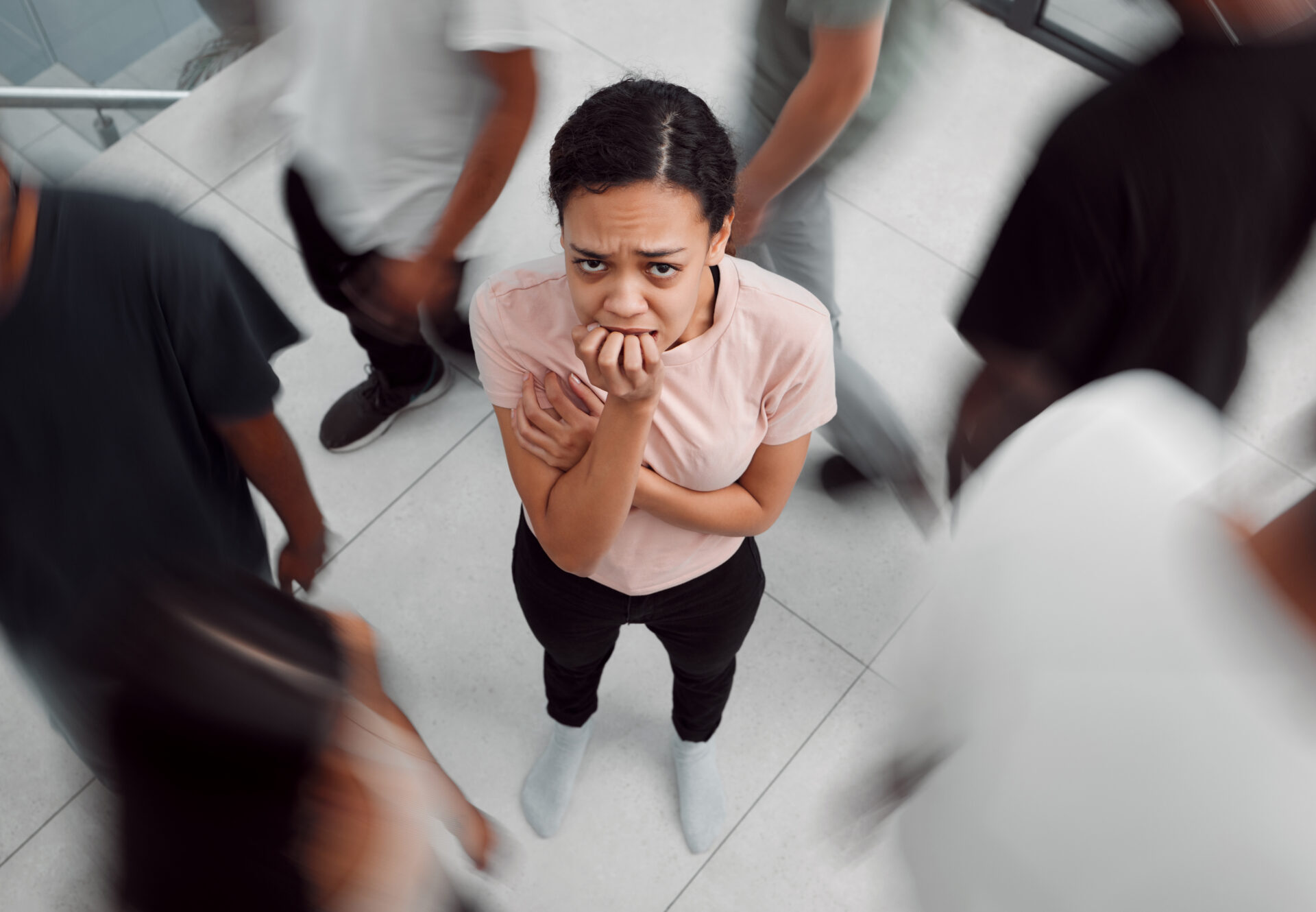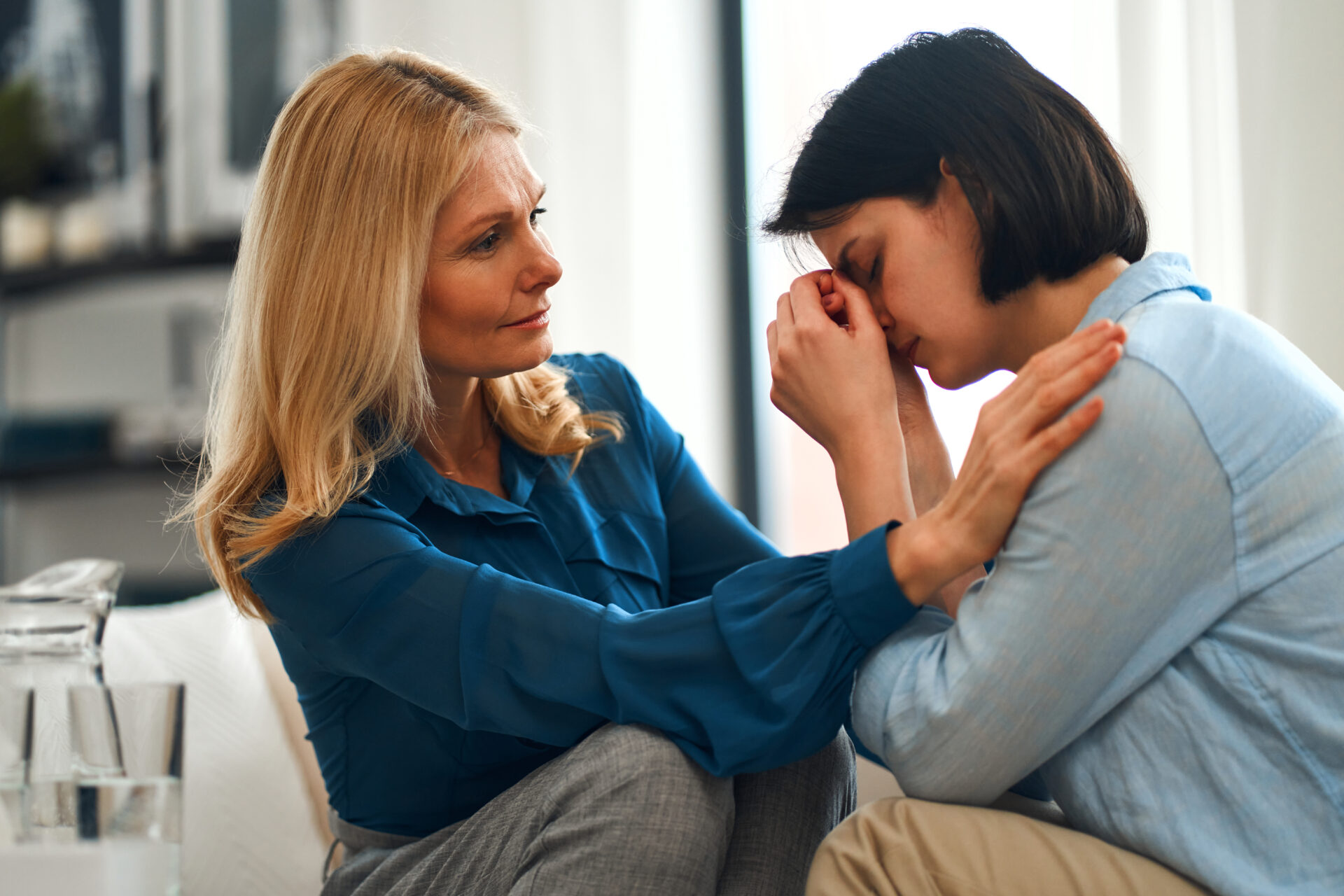What are Phobias?

A phobia is an intense and irrational fear of a specific object, situation, or activity. It is a type of anxiety disorder that can cause significant distress and interfere with a person’s daily life.
Phobias are more than just normal fears; they are characterized by an overwhelming and persistent fear that is out of proportion to the danger posed by an object or situation. People with phobias often go to great lengths to avoid the source of their fear, which can impact their ability to work, socialize, and engage in everyday activities. Treatment options such as therapy and medication are available to help manage phobias.
Some phobias are common while others are rare. But if you’re experiencing a phobia, you’re not alone: approximately 19 million people have phobia in the U.S and roughly 12.5% of adults in the U.S. are likely to have a specific phobia in their lifetime.
Understanding phobias, including their types, causes, symptoms, impact on daily life, and available treatments, is crucial for effectively managing these disorders.
Types of Phobias
There are several types of phobias, each characterized by a specific fear-inducing object or situation. Specific phobias are the most common type and involve a fear of particular objects or situations, such as:
- Arachnophobia: Fear of spiders. This phobia is quite common and can be triggered by the sight of a spider or even the thought of one.
- Ophidiophobia: Fear of snakes. Like arachnophobia, this phobia can be triggered by the sight of a snake or the thought of encountering one.
- Acrophobia: Fear of heights. People with this phobia may experience extreme anxiety or panic when they are in high places, such as tall buildings or bridges.
- Claustrophobia: Fear of confined spaces. This phobia can make it difficult for people to be in elevators, small rooms, or other enclosed spaces.
- Agoraphobia: Fear of situations where escape might be difficult or embarrassing. This can include crowded places, open spaces, or situations where help may not be readily available.
- Social phobia: Fear of social situations. People with this phobia may feel anxious or self-conscious in social settings and may avoid social interactions.
- Panic disorder: While not a phobia, panic disorder can involve recurrent panic attacks triggered by specific situations or objects, leading to avoidance behavior like phobias.
- Social phobia: Also known as social anxiety disorder, is a fear of social situations and interactions, while agoraphobia is a fear of being in situations where escape might be difficult or embarrassing, such as crowded places or open spaces.
What Causes a Phobia?
The origins of phobias are multifaceted and can be influenced by genetic, environmental, and psychological factors. Genetic predisposition can play a role, as individuals with a family history of phobias or anxiety disorders may be more likely to develop phobias themselves.
Environmental factors, such as traumatic experiences or learned behaviors, can also contribute to the development of phobias. For example, someone who witnesses a loved one experiencing a traumatic event involving a specific object or situation may develop a phobia related to that stimulus.

How to Recognize a Phobia
Symptoms of phobias can vary widely from person to person and depending on the specific phobia. Physical symptoms may include:
- Rapid heartbeat
- Sweating
- Trembling
- Shortness of breath
People with phobias may also experience intense anxiety or panic attacks when confronted with the object or situation they fear. In some cases, the fear can be so severe that it leads to avoidance behavior, causing the person to go to great lengths to avoid encountering the object or situation that triggers their phobia.
Phobias can have a significant impact on daily life, affecting a person’s ability to work, socialize, and engage in everyday activities. For example, someone with a fear of flying may avoid traveling or miss out on important events that require air travel. Similarly, someone with social phobia may struggle to make friends or advance in their career due to fear of social interactions.
Complications Associated with Phobia
Phobias can lead to several complications, including:
Impaired daily functioning
Severe phobias can significantly impact a person’s ability to carry out daily activities, such as work, school, and social interactions.
Avoidance behaviors
Individuals with phobias often go to great lengths to avoid the object or situation that triggers their fear. This can lead to isolation and difficulty participating in certain activities or environments.
Physical health problems
Chronic stress and anxiety associated with phobias can contribute to a range of physical health issues, such as high blood pressure, heart disease, and weakened immune function.
Depression and anxiety disorders
Phobias are often combined with other mental health conditions, such as depression and other anxiety disorders.
Substance abuse
Some individuals may turn to drugs or alcohol as a way to cope with the distress caused by their phobias, leading to substance abuse problems.
Impact on relationships
Phobias can strain relationships with family, friends, and romantic partners, especially if the phobia causes significant disruption to daily life.
Recognizing the symptoms and effects of a phobia is a significant first step. If you or someone you love encounters any of these difficulties, it’s time to seek care. Consider consulting your primary care physician or scheduling an appointment with a mental health professional. A psychologist, psychiatrist, or licensed therapist can conduct an assessment, develop or recommend a treatment plan, and if necessary, support you in exploring medication options.
Common Treatments
Treatment for phobias typically involves a combination of therapy and medication. Cognitive-behavioral therapy (CBT) is often used to help people with phobias gradually confront and overcome their fears. This may involve exposure therapy, where the person is gradually exposed to the object or situation they fear in a controlled setting. CBT can also help people learn coping mechanisms and strategies to manage their anxiety.
Medications such as antidepressants or anti-anxiety medications may also be prescribed to help manage symptoms of phobias. These medications can help reduce anxiety and make it easier for people to engage in therapy and confront their fears.
Remember, phobias are not a sign of weakness; they’re a type of anxiety disorder and often the result of complex interactions between genetic, environmental, and psychological factors.
Can Phobias be Prevented?
Phobias can sometimes be prevented or mitigated, especially if there are known risk factors or triggers. Early intervention, such as therapy or counseling, can be effective in addressing fears before they develop into phobias. Additionally, educating individuals about common fears and how to manage them can help prevent the development of phobias. However, prevention strategies may not always be effective, as phobias can develop for a variety of reasons, including genetic predisposition and traumatic experiences.
How to Help Someone with Phobia
Supporting someone with a phobia can be incredibly beneficial in helping them manage their fears and lead a more fulfilling life. Here are some ways you can support someone with a phobia:
- Educate Yourself: Learn about the specific phobia your loved one is dealing with. Understanding their fears can help you provide more effective support.
- Listen and Validate: Be a supportive listener. Let them express their feelings and fears without judgment. Validate their experiences and let them know you are there for them.
- Encourage Professional Help: Encourage them to seek help from a mental health professional, such as a therapist or counselor. Therapy, particularly cognitive-behavioral therapy (CBT), can be very effective in treating phobias.
- Be Patient: Recovery from a phobia can take time. Be patient with your loved one and avoid pressuring them to confront their fears before they are ready.
- Offer Practical Support: Offer to accompany them to therapy sessions or doctor’s appointments. Help them find information about treatment options and support groups.
- Practice Exposure Therapy: If they are comfortable with it, you can help them gradually confront their fears in a controlled environment. This should only be done under the guidance of a mental health professional.
- Create a Safe Environment: Help them create a safe and supportive environment at home. This can include making sure their living space is free of triggers and helping them establish a routine that promotes mental well-being.
- Encourage Self-Care: Encourage them to practice self-care activities that can help reduce anxiety, such as exercise, meditation, or relaxation techniques.
- Celebrate Progress: Celebrate small victories and progress made in managing their phobia. Positive reinforcement can be very motivating.
- Be a Source of Encouragement: Offer words of encouragement and support. Let them know that you believe in their ability to overcome their fears.
If you or a loved one struggles with one or multiple phobias, we can help. Our goal is to provide patients with supportive, empathetic care and innovative treatments as we support you in your mental health journey.
Contact us today to schedule a consultation.
